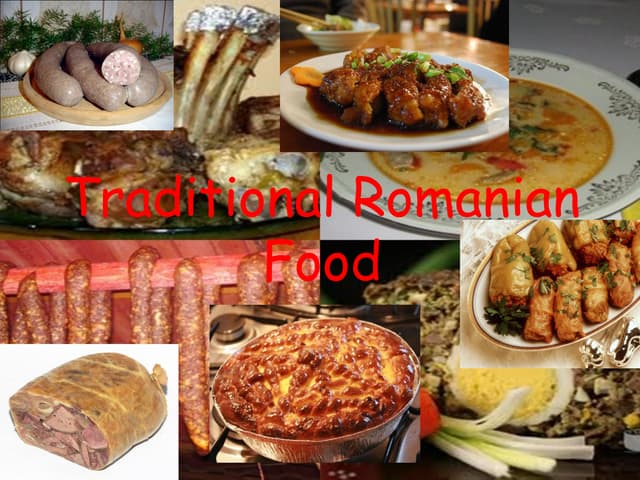Introduction to Romanian Cuisine
Romanian cuisine is a mixture of different culinary traditions, influenced by its geography, history, and cultural connections. It is a cuisine that is both hearty and diverse, incorporating rich flavors, fresh ingredients, and traditional cooking techniques. Romanian cuisine is known for its use of fresh herbs, spices, and vegetables, as well as its delicious meats and cheeses.
Influences on Romanian Cuisine
The history of Romania has played a significant role in shaping its cuisine. The country has been influenced by various cultures, including the Ottoman Empire, the Austro-Hungarian Empire, and the French. These influences can be seen in the spices, herbs, and cooking techniques used in Romanian cuisine. The Ottoman Empire brought a variety of spices, including paprika, cumin, and turmeric, which are still used today. The Austro-Hungarian Empire introduced the use of sour cream and dumplings, which remain popular in Romanian cuisine. The French influence can be seen in the use of wine in cooking and the preparation of various sauces.
Traditional Romanian Dishes
Some of the most popular traditional Romanian dishes include sarmale (stuffed cabbage rolls), mici (grilled minced meat rolls), ciorba (traditional soup), and mamaliga (polenta). Sarmale are a staple of Romanian cuisine, made with minced meat, rice, and spices wrapped in cabbage or vine leaves and cooked in a tomato-based sauce. Mici are a type of sausage made from minced meat, garlic, and spices, cooked over an open flame. Ciorba is a sour soup made with vegetables and meat, and mamaliga is a cornmeal porridge typically served with meat dishes.
Popular Romanian Ingredients
Romanian cuisine is known for its use of fresh ingredients, including vegetables, herbs, and spices. Some of the most popular ingredients used in Romanian cuisine include garlic, onion, dill, parsley, and paprika. Meats such as pork, beef, and lamb are also commonly used. Dairy products such as sour cream and cheese are also staples of Romanian cuisine.
Regional Varieties of Romanian Cuisine
Romania has various regions, each with its own unique culinary traditions. The regions of Transylvania, Moldova, and Wallachia are particularly known for their distinctive cuisine. Transylvania is known for its hearty soups and stews, while Moldova is famous for its grilled meats and vegetable dishes. Wallachia is known for its grilled meats and its use of garlic in cooking.
Romanian Desserts and Beverages
Romanian cuisine is also known for its desserts and beverages. Some popular desserts include papanasi (sweet cheese dumplings), cozonac (sweet bread with nuts or chocolate), and placinta (traditional sweet or savory pies). Beverages such as palinka (fruit brandy) and tuica (plum brandy) are popular alcoholic drinks, while non-alcoholic drinks such as Romanian mineral water and sweetened lemonade are also enjoyed.
In conclusion, Romanian cuisine is a reflection of the country’s history, geography, and cultural traditions. It is a cuisine that is both diverse and flavorful, with a wide range of dishes, ingredients, and cooking techniques. Whether you are looking for hearty soups and stews or delicious desserts and beverages, Romanian cuisine has something for everyone.

